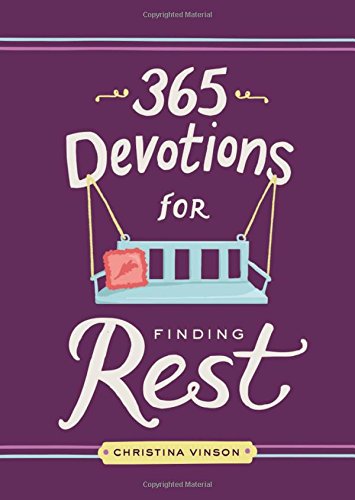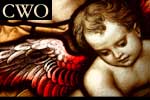Soframiz: Vibrant Middle Eastern Recipes from Sofra Bakery and Cafe
by Ana Sofrun and Maura Kilpatrick
Wow! What a great tempting book! Generally, I don't like cookbooks created by chefs who are giving readers their formerly secret recipes. For one, cookbooks made by chefs tend to be a bit pretentious and oriented toward the foodie types. For two, I generally hate food fusion...which a lot of these chefs do for upscale customers. For three, the books are often created to advertise the chef and his/her restaurant.
Well, imagine my surprise! This book has none of those drawbacks! Well, some of the dishes definitely look westernized but not to the smug foodie fusion extreme. I'm wondering if I should keep it -- because I may just try making (or looking for) everything in this book-- and I can't do that because I'm not really supposed to eat gluten.
The recipes are of foods that are found in the Middle East. Think, Yemen, Greece, Israel, Iran, Morocco, and Turkey.
The chapters and categories are:
Breakfast
Meze
Flatbreads
Savory Pies
Cookies and Confections
Specialty Pastries, cakes, and desserts,
Beverages,
Pantry (which includes recipes for several basic Middle Eastern spices)
Essential ingredients
Friends and Resources
About the Authors
Acknowledgments
Index
The book is primarily about pastries, so there aren't a lot of meat recipes. But those that are present look so good! Meat, veggies, chocolate, dairy, nuts, seeds, fruits, flowers, squashes, and beans joined with different kinds of doughs to form breakfast, snacks/appetizers (or mezes) desserts, and larger meals. Then there are the beverages --namely three teas, one lemonade, and one hot chocolate!
Most of the ingredients are available in grocery stores but a few might only be found in your local middle eastern stores or via Amazon. Generally, the authors don't tell the cookbook user how nd what to substitute for the missing ingredient.
The recipes are clearly stated and the pictures are temptingly beautiful. Most of these recipes are unknown to me. So don't expect to find recipes for stuffed grape leaves or tabbouleh. Yeah, I kinda wish they had included some of the foods we know...but you know...the real versions of them. But its a great book, nevertheless. If you're a baker, and you want to experiment with new kinds of pastry --the sweets and desserts in this book reminded me of Turkish candies-- definitely buy this book. Or make it a present for the cook you know.
This book was sent to me free in exchange for a fair and honest review.
by Ana Sofrun and Maura Kilpatrick
- Hardcover: 264 pages
- Publisher: Ten Speed Press (October 11, 2016)
- Language: English
- ISBN-10: 1607749181
- ISBN-13: 978-1607749189
Well, imagine my surprise! This book has none of those drawbacks! Well, some of the dishes definitely look westernized but not to the smug foodie fusion extreme. I'm wondering if I should keep it -- because I may just try making (or looking for) everything in this book-- and I can't do that because I'm not really supposed to eat gluten.
The recipes are of foods that are found in the Middle East. Think, Yemen, Greece, Israel, Iran, Morocco, and Turkey.
The chapters and categories are:
Breakfast
Meze
Flatbreads
Savory Pies
Cookies and Confections
Specialty Pastries, cakes, and desserts,
Beverages,
Pantry (which includes recipes for several basic Middle Eastern spices)
Essential ingredients
Friends and Resources
About the Authors
Acknowledgments
Index
The book is primarily about pastries, so there aren't a lot of meat recipes. But those that are present look so good! Meat, veggies, chocolate, dairy, nuts, seeds, fruits, flowers, squashes, and beans joined with different kinds of doughs to form breakfast, snacks/appetizers (or mezes) desserts, and larger meals. Then there are the beverages --namely three teas, one lemonade, and one hot chocolate!
Most of the ingredients are available in grocery stores but a few might only be found in your local middle eastern stores or via Amazon. Generally, the authors don't tell the cookbook user how nd what to substitute for the missing ingredient.
The recipes are clearly stated and the pictures are temptingly beautiful. Most of these recipes are unknown to me. So don't expect to find recipes for stuffed grape leaves or tabbouleh. Yeah, I kinda wish they had included some of the foods we know...but you know...the real versions of them. But its a great book, nevertheless. If you're a baker, and you want to experiment with new kinds of pastry --the sweets and desserts in this book reminded me of Turkish candies-- definitely buy this book. Or make it a present for the cook you know.
This book was sent to me free in exchange for a fair and honest review.





























